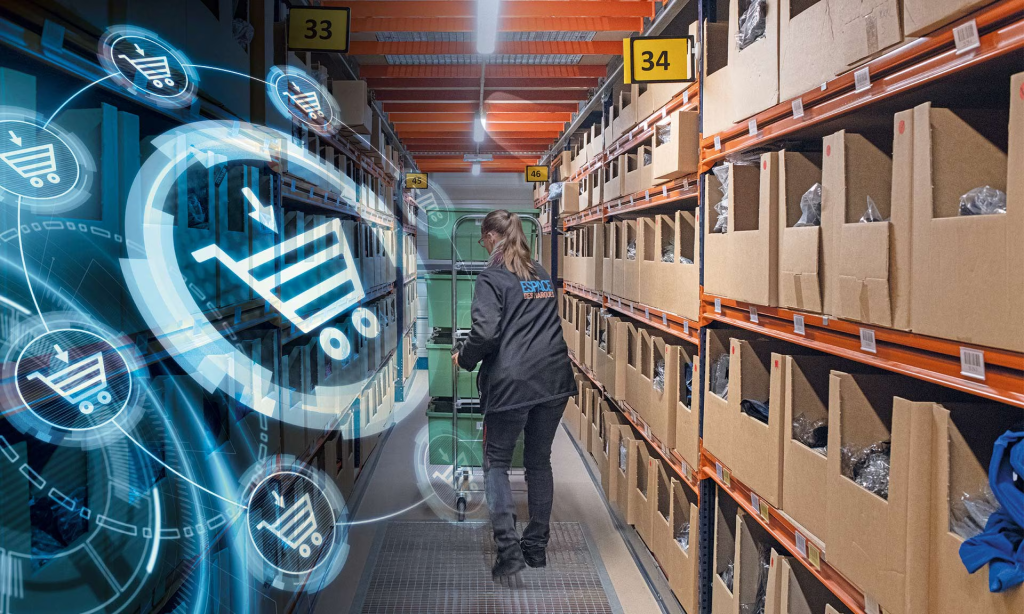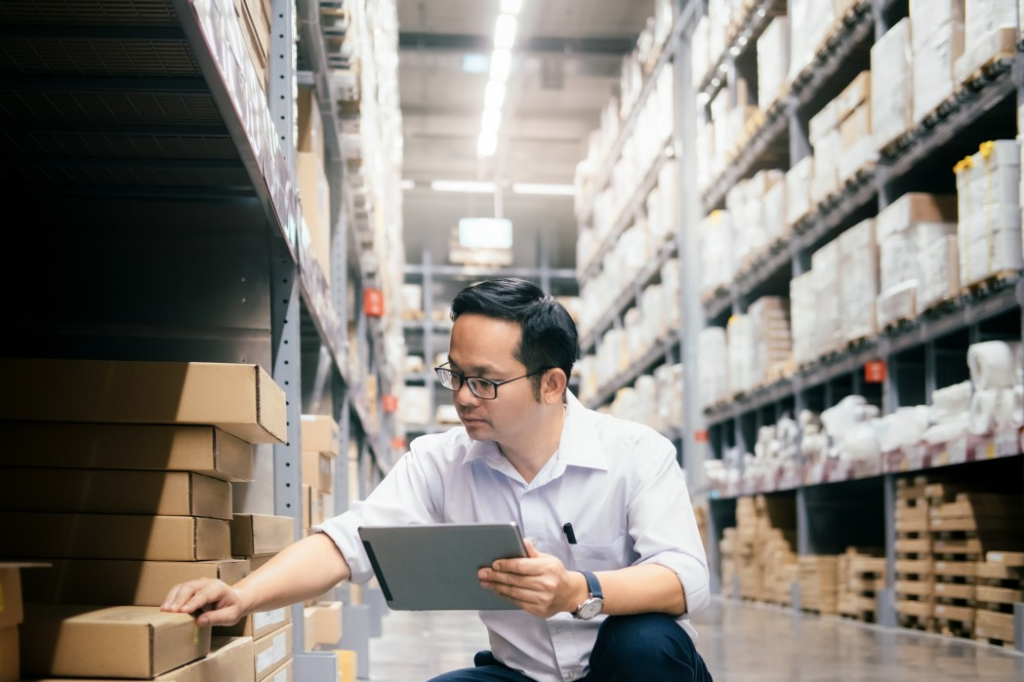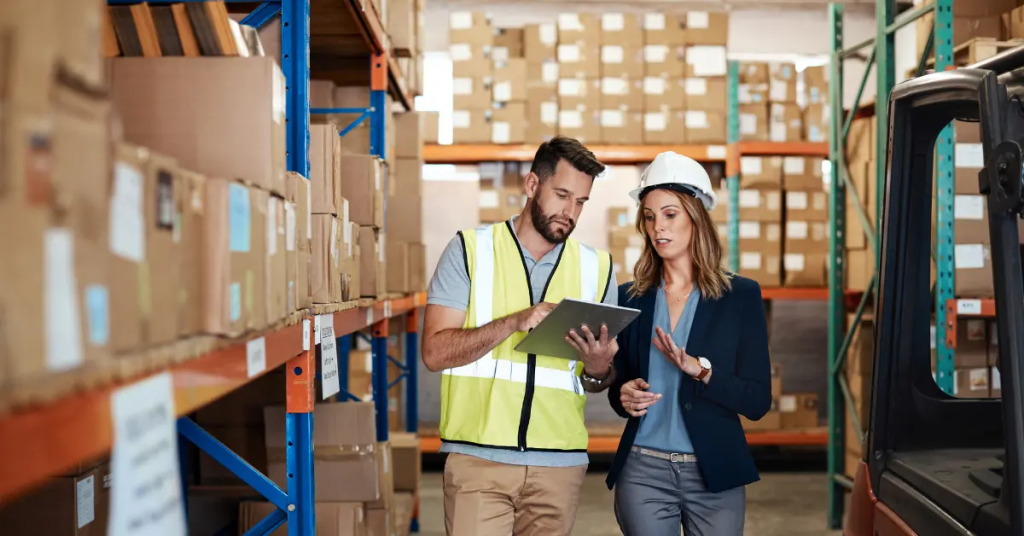In the fast – paced world of e – commerce, the demand for quick and efficient delivery is on the rise. Among various delivery options, same – day delivery has become a highly sought – after service, leading to a fierce race among e – commerce companies and logistics providers. Let’s explore what’s driving this race and its impact on the e – commerce landscape.

I. The Growing Demand for Same – Day Delivery
A. Changing Customer Expectations
- Instant Gratification
Customers today are used to getting things quickly. With the growth of digital services, they expect the same level of instant gratification when it comes to online shopping. For example, if they order a new book or a pair of shoes, they don’t want to wait for days. They want it delivered to their doorstep on the same day they placed the order. - Convenience Factor
Same – day delivery offers a high level of convenience. People have busy lives, and being able to receive their purchases on the same day helps them plan better. For instance, if someone realizes they need a last – minute gift, same – day delivery allows them to get it in time without having to rush to a physical store.
B. Competitive Advantage
- Standing Out in the Market
In a crowded e – commerce market, offering same – day delivery can set a company apart from its competitors. If a customer has a choice between two similar e – commerce sites, the one that offers same – day delivery is more likely to win their business. For example, a customer might choose one electronics retailer over another just because of the faster delivery option. - Increasing Customer Loyalty
When customers have a positive experience with fast delivery, they are more likely to become loyal to the brand. They will keep coming back for more purchases. For example, if a customer consistently receives their orders on the same day from an e – commerce platform, they will be more inclined to use that platform again in the future.
II. The Challenges in Achieving Same – Day Delivery
A. Logistics and Infrastructure
- Warehouse Location and Management
To offer same – day delivery, e – commerce companies need to have warehouses strategically located. These warehouses should be close to major population centers. For example, a clothing e – commerce company might need to have multiple warehouses across different regions to ensure fast delivery. Also, efficient warehouse management is crucial to quickly pick, pack, and ship orders. - Last – Mile Delivery
The last – mile of delivery, from the local distribution center to the customer’s address, is often the most challenging part. Traffic congestion, difficult delivery locations, and the need for real – time tracking are some of the issues. For instance, in a big city, delivering to a high – rise apartment building can be time – consuming and complex.

B. Cost and Operational Complexity
- Higher Costs
Same – day delivery is more expensive to provide. It requires more resources, such as additional staff, faster transportation, and more frequent inventory checks. For example, using express delivery services for same – day delivery can significantly increase the cost of shipping for the e – commerce company. - Operational Challenges
Managing the logistics for same – day delivery is complex. There are tight time frames to meet, and any delay in the process can lead to missed delivery deadlines. For example, if there is a problem with the order processing system, it can cause a ripple effect and delay the entire delivery process.
III. Strategies to Overcome the Challenges
A. Technology and Innovation
- Inventory Management Systems
Advanced inventory management systems can help e – commerce companies keep track of their stock levels in real – time. This ensures that they have the products available for same – day delivery. For example, a system that automatically reorders products when stock levels are low can prevent shortages. - Route Optimization Software
Route optimization software can help delivery drivers find the most efficient routes. This reduces delivery times and costs. For instance, the software can take into account traffic conditions, delivery locations, and time windows to plan the best route for each delivery.
B. Partnerships and Collaborations
- Collaborating with Local Retailers
E – commerce companies can partner with local retailers to offer same – day delivery. This way, they can use the retailers’ existing inventory and delivery infrastructure. For example, an online grocery store might partner with a local supermarket to fulfill same – day delivery orders in a specific area. - Partnering with Logistics Providers
Working with experienced logistics providers can also be beneficial. These providers have the expertise and resources to handle the challenges of same – day delivery. For example, a large logistics company can offer better tracking systems and more reliable delivery services.
C. Customer Segmentation and Pricing
- Targeting the Right Customers
E – commerce companies can use customer segmentation to target those who are willing to pay for same – day delivery. For example, they can offer the service to premium customers or those who frequently make urgent purchases. This helps to offset the higher costs associated with same – day delivery. - Pricing Strategies
Setting the right price for same – day delivery is important. Companies need to find a balance between covering the costs and remaining competitive. For example, they can offer different pricing tiers based on the size and weight of the package, or the delivery location.

In conclusion, the race to same – day delivery in e – commerce is driven by changing customer expectations and the need for a competitive edge. While there are significant challenges, e – commerce companies and logistics providers can overcome them through technology, partnerships, and smart strategies. As the demand for same – day delivery continues to grow, those who can master this service will have a distinct advantage in the e – commerce market.





